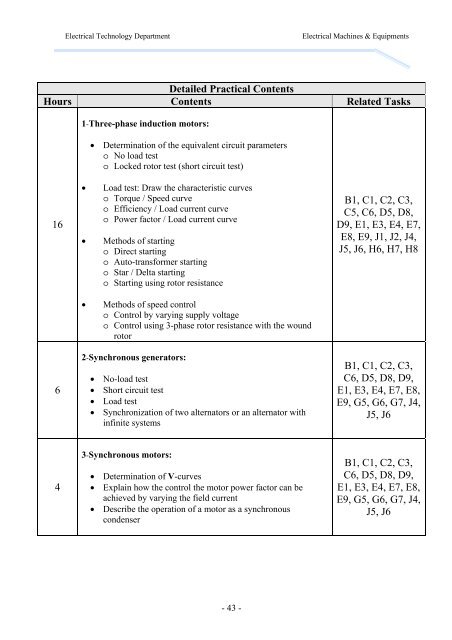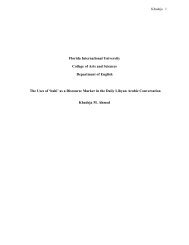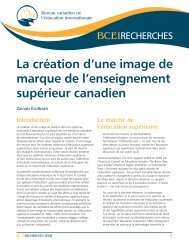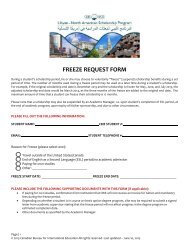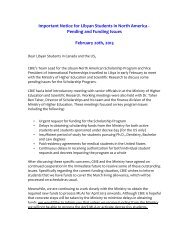Electrical Machines and Equipment
Electrical Machines and Equipment
Electrical Machines and Equipment
Create successful ePaper yourself
Turn your PDF publications into a flip-book with our unique Google optimized e-Paper software.
<strong>Electrical</strong> Technology Department<strong>Electrical</strong> <strong>Machines</strong> & <strong>Equipment</strong>sDetailed Practical ContentsHours Contents Related Tasks1-Three-phase induction motors: Determination of the equivalent circuit parameterso No load testo Locked rotor test (short circuit test)16Load test: Draw the characteristic curveso Torque / Speed curveo Efficiency / Load current curveo Power factor / Load current curveMethods of startingo Direct startingo Auto-transformer startingo Star / Delta startingo Starting using rotor resistanceB1, C1, C2, C3,C5, C6, D5, D8,D9, E1, E3, E4, E7,E8, E9, J1, J2, J4,J5, J6, H6, H7, H8Methods of speed controlo Control by varying supply voltageo Control using 3-phase rotor resistance with the woundrotor62-Synchronous generators: No-load test Short circuit test Load test Synchronization of two alternators or an alternator withinfinite systemsB1, C1, C2, C3,C6, D5, D8, D9,E1, E3, E4, E7, E8,E9, G5, G6, G7, J4,J5, J643-Synchronous motors: Determination of V-curves Explain how the control the motor power factor can beachieved by varying the field current Describe the operation of a motor as a synchronouscondenserB1, C1, C2, C3,C6, D5, D8, D9,E1, E3, E4, E7, E8,E9, G5, G6, G7, J4,J5, J6- 43 -


